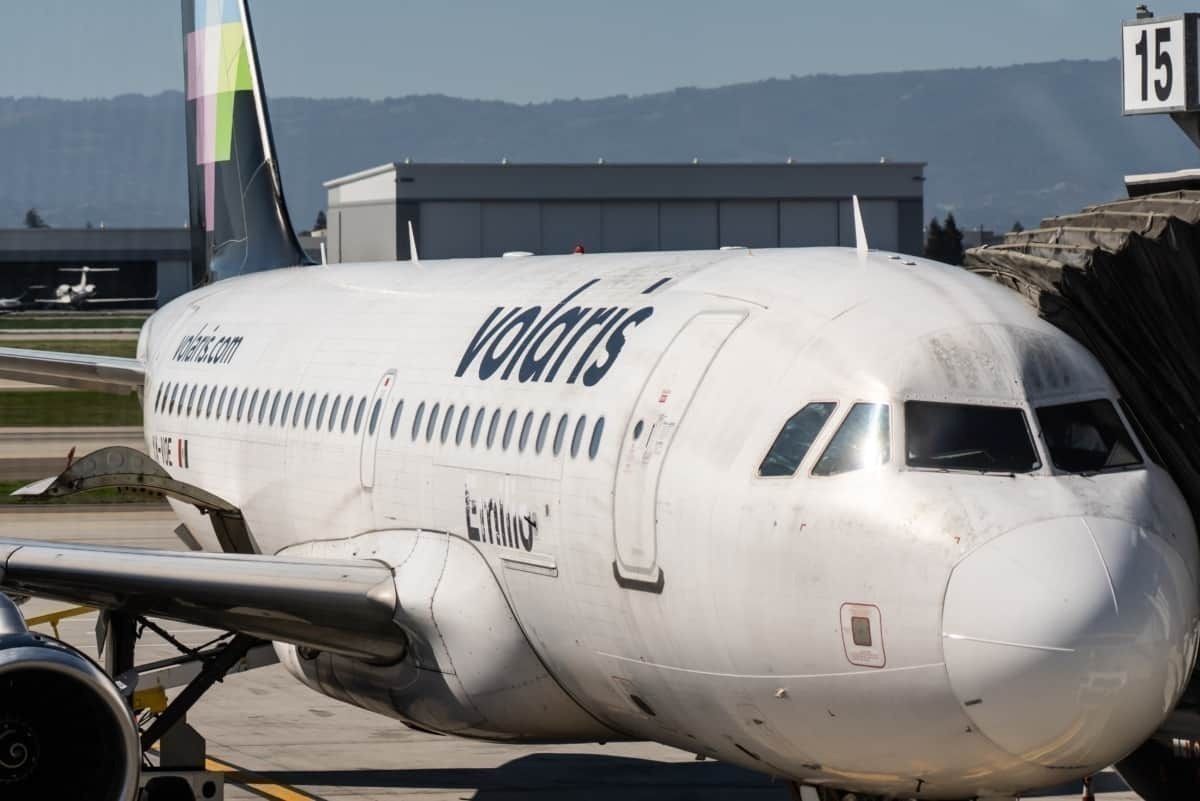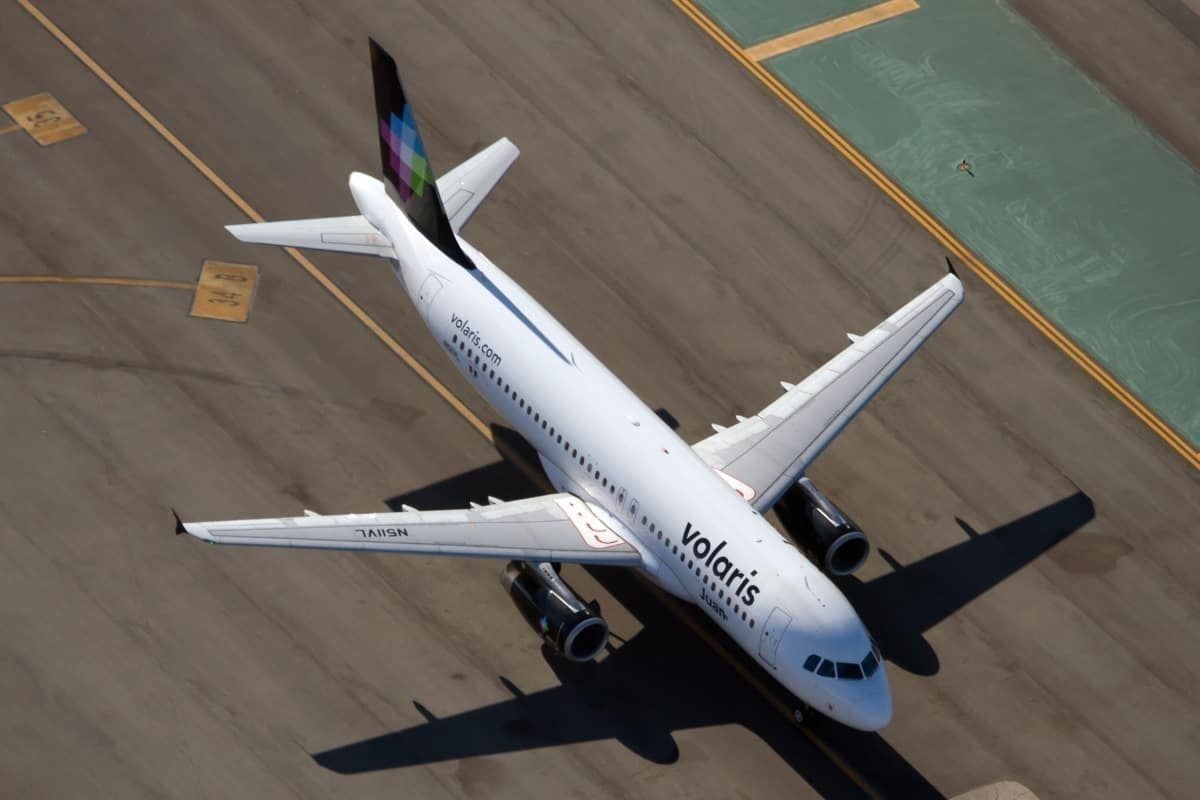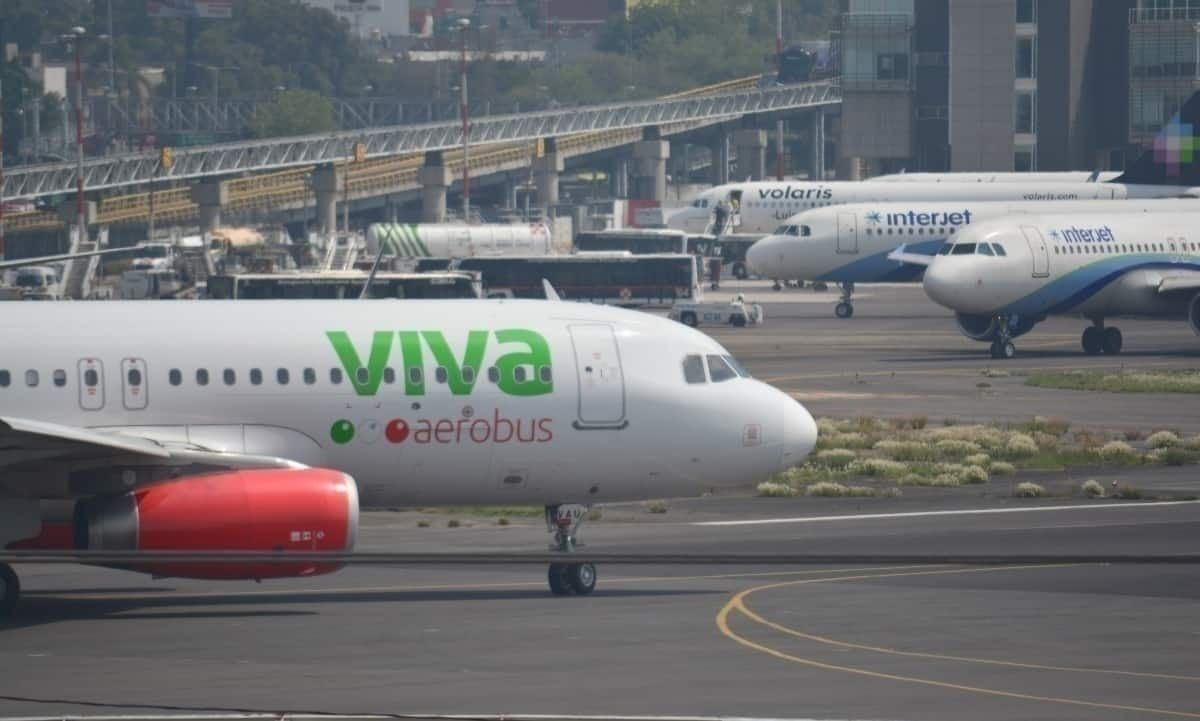The ultra-low-cost carrier Volaris is taking full advantage of the crisis its two main competitors, Aeromexico and Interjet, are having. Before the pandemic struck Mexico, Volaris had a 29% domestic market share. Now, Volaris has increased its presence and has a 40% market share, and it is expecting to capitalize more on the opportunity. Let’s investigate further.
Will Volaris take off away from other carriers?
Last month, Volaris announced the launch of five new routes out of Mexico City. While other carriers worldwide are reducing their operations due to COVID-19, Volaris managed to do the opposite.
Stay informed: Sign up for our daily aviation news digest.
In July, the low-cost carrier increased its flights out of Mexico City International Airport by 33%. It expects to have 72 daily operations from this hub on 22 domestic routes and three international.
According to Volaris CEO Enrique Beltranena, the carrier is operating between 56 and 58% of its original schedule. He expects that, by the end of the year, the recovery is 68% of the initial capacity.
Meanwhile, other carriers in Mexico are struggling. Interjet is currently operating with four Sukhoi Superjet 100 and has a route map of 14 domestic destinations. Before the pandemic, this carrier had a fleet of 88 aircraft and a map of over 80 routes.
Aeromexico is in a Chapter 11 bankruptcy in the US. Yesterday, the carrier filed a petition to reject 19 aircraft lease contracts. Aeromexico might return ten Boeing 737 NG and nine Embraer E170. These airplanes compete directly with the Airbus A320 fleet of Volaris.
The ULCC is the perfect model for Mexico
Volaris places itself as an ultra-low-cost carrier (ULCC). It is also the second airline worldwide with the lowest costs. In Mexico, the other pure low-cost carrier is Viva Aerobus, which is also growing.
But, for Enrique Beltranena, the current COVID crisis is the opportunity of a lifetime. In an interview for the World Aviation Festival, he said,
“We won’t change due to the current crisis. The ULCC model is the most effective we have in the market right now. We have a great opportunity to compete directly with the bus lines while the other airlines are reducing their operations. We have an economy that is going down. The pricing will be crucial and essential to economic recovery. Why change our model right now? What we have to do is to improve it and ramp it up.”
Two carriers will disappear - which ones?
Enrique Beltranena expects that the Mexican aviation sector will be very different after coronavirus. In the first place, he expects a reduction of fleet sizes. For instance, he thinks there will be between 60 and 75 fewer airplanes in Mexico in the next few months. We are almost at that number: Interjet has lost 60 out of 66 Airbuses, and Aeromexico will get rid of 19.
But he didn’t stop there. He also expects that at least one airline will disappear altogether. Mexico currently has four big airlines and four, which can be seen as small regional players. The big four are Volaris, Aeroméxico, Interjet, and Viva Aerobus. The local players are Magnicharters, Aeromar, Aéreo Calafia, and TAR Aerolíneas.
While the big headlines are for Aeromexico and Interjet, one could argue that the small players are at more significant risk.
Aéreo Calafia has lost 69.8% of its traffic compared to last year. Magnicharters has lost 58.3%, TAR Aerolíneas 56%, and Aeromar 42.8%, according to the Mexican Government.
Moreover, these small carriers depend on the domestic markets bouncing back quickly. But the question is: will they be able to compete if low-cost carriers like Volaris and Viva invest top money trying to capitalize on the current crisis?
What do you think of Volaris’ approach to the crisis? Let us know in the comments.



